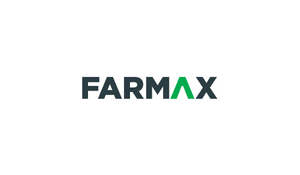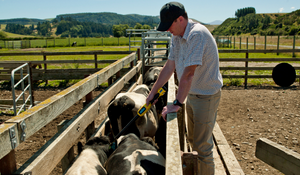
Over the break, I read some industry reports released in the last few months of 2022. One of these was the Westpac NZ Agribusiness climate change report from the AERU at Lincoln University, commissioned by Westpac Bank.
The report focuses on understanding some of the potential impacts of climate change and the anticipated adaptation by farmers and producers over the coming years and decades to ensure we have resilient farming systems across New Zealand. Using tools such as Farmax and Overseer, the report modelled potential options to mitigate the future impacts of climate change and how to reduce GHG emissions on farms. However, it didn’t account for future technologies of the trade.
One of the report’s model simulations (Table 1) looks at a Southland dairy farm. The table showcases seven different scenarios from the base farm, demonstrating the impacts of changes in management on farm performance and GHG outputs. Through reducing the stocking rate and better pasture quality management, we can reduce GHG emissions by up to 5%, improve per cow MS production by up to 15% and increase farm profitability by up to 12.5%. Naturally, this relies on excellent farm management to ensure feed quality is maintained to give rise to better animal performance. Potentially, by halving the nitrogen inputs and reducing the stocking rate by 10%, the farm can maintain similar levels of profitability and may reduce GHG emissions by 10.6%. Although these are models, they can assist with pointing in the right direction.
Table 1. A table (Table 10, page 25) from the Westpac NZ Agribusiness climate change report detailing potential different scenarios.

As highlighted numerous times by the authors, the key is to adapt to these conditions and management practices, particularly in scenarios such as reducing the stocking rate of farms. By reducing the stocking rate, more feed becomes available to the remaining livestock, this feed needs to be kept to a high quality in order to increase individual animal performance, otherwise feed quality deteriorates and with it so too does animal performance. It is essential to have the grazing management skills on farm to maintain feed quality across peak growing seasons (which is no easy feat) and, in turn, realise the potential of improved individual animal performance. It will require significant investment from the wider industry to understand the risks and options available to producers and put these into practice through excellent farm management supported by knowledgeable consultants and extension bodies.
There are tools available to producers and consultants today to do this scenario analysis; tools such as Farmax can help to understand the potential implications of changes in the management systems of a given farm. Along with farm performance and GHG outputs, we can also explore changes in feed growth profiles, environmental conditions (such as reduced or improved grass growth), changes in seasonality, and what effect this may have on farm resilience. In some circumstances, this will be positive. Forecasts indicate significant events, such as droughts and flooding, are becoming more random, frequent and intense. How we respond to these changes will be of utmost importance. Maintaining adaptable farming practices ensures we can sustain a productive, profitable agribusiness sector and strong rural communities.
Farming businesses should consider their goals and objectives before exploring opportunities to reduce their GHG output. Regarding methane, these on-farm practices will focus on driving an efficient and productive farming business. For dairy businesses, here are some options to consider:
- Understanding the milk curve
- Herd age profile and days in milk
- Ensuring replacement rate is kept sustainably low
- Heifer weights are adequate before coming into the herd
- Focusing feed on maintaining low maintenance requirements and making feed available for production
- Reducing the amount of introduced N or supplement
- Targeting low-emissions feed
- Riparian planting and/or tree planting in low-productivity areas
Choosing any of these options will have implications at the total farm system level hence why it is vital to understand and be clear about your goals/objectives for your enterprise before making a decision.
For more information, www.agmatters.nz is a good website that explores the science of climate change, GHG mitigation options and case studies across dairy, sheep and beef, and horticulture businesses in New Zealand. If you want to learn more about Farmax, check out the website. Farmax has consultants across the country to provide advice and assistance with setting up and exploring what opportunities are available to you.



